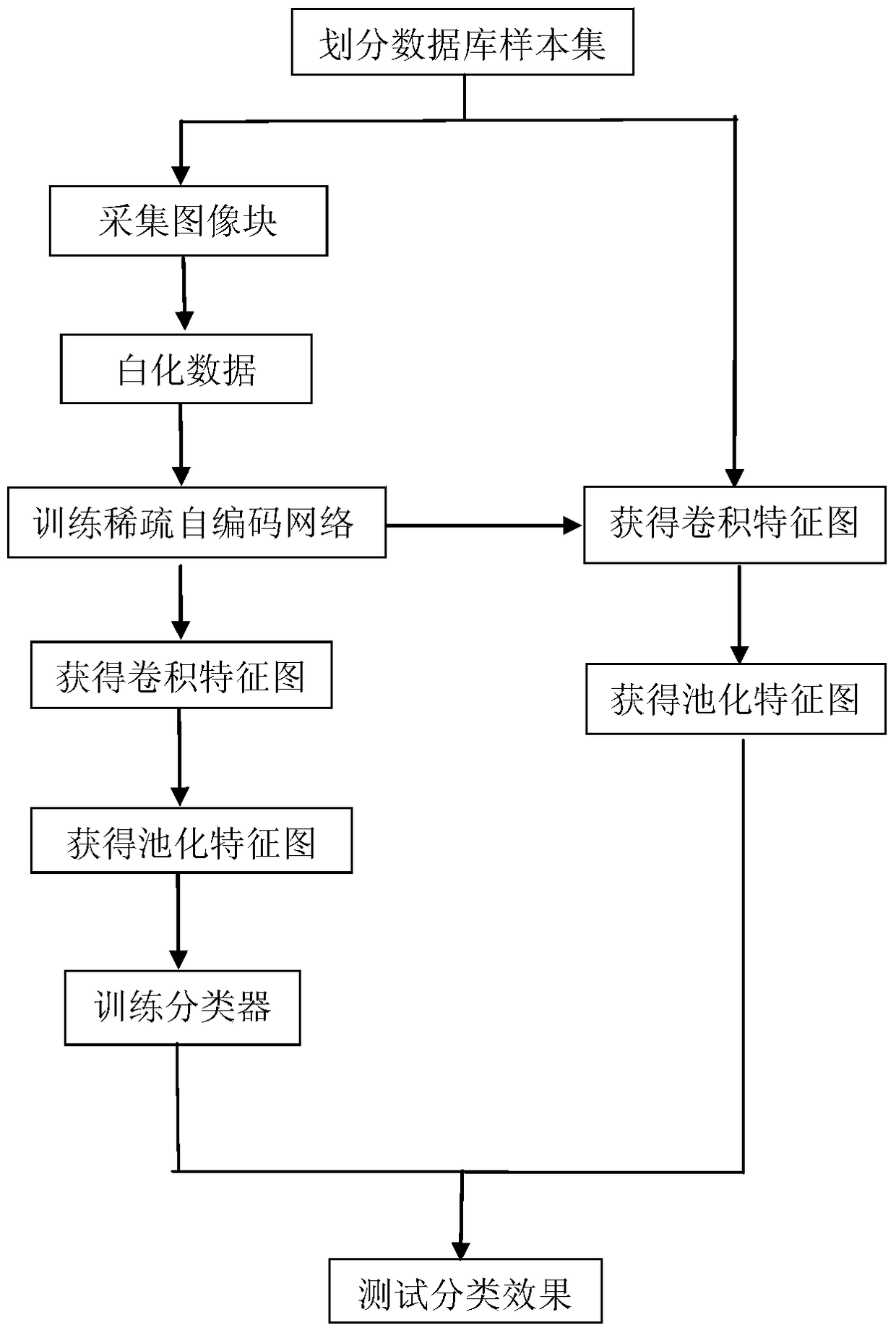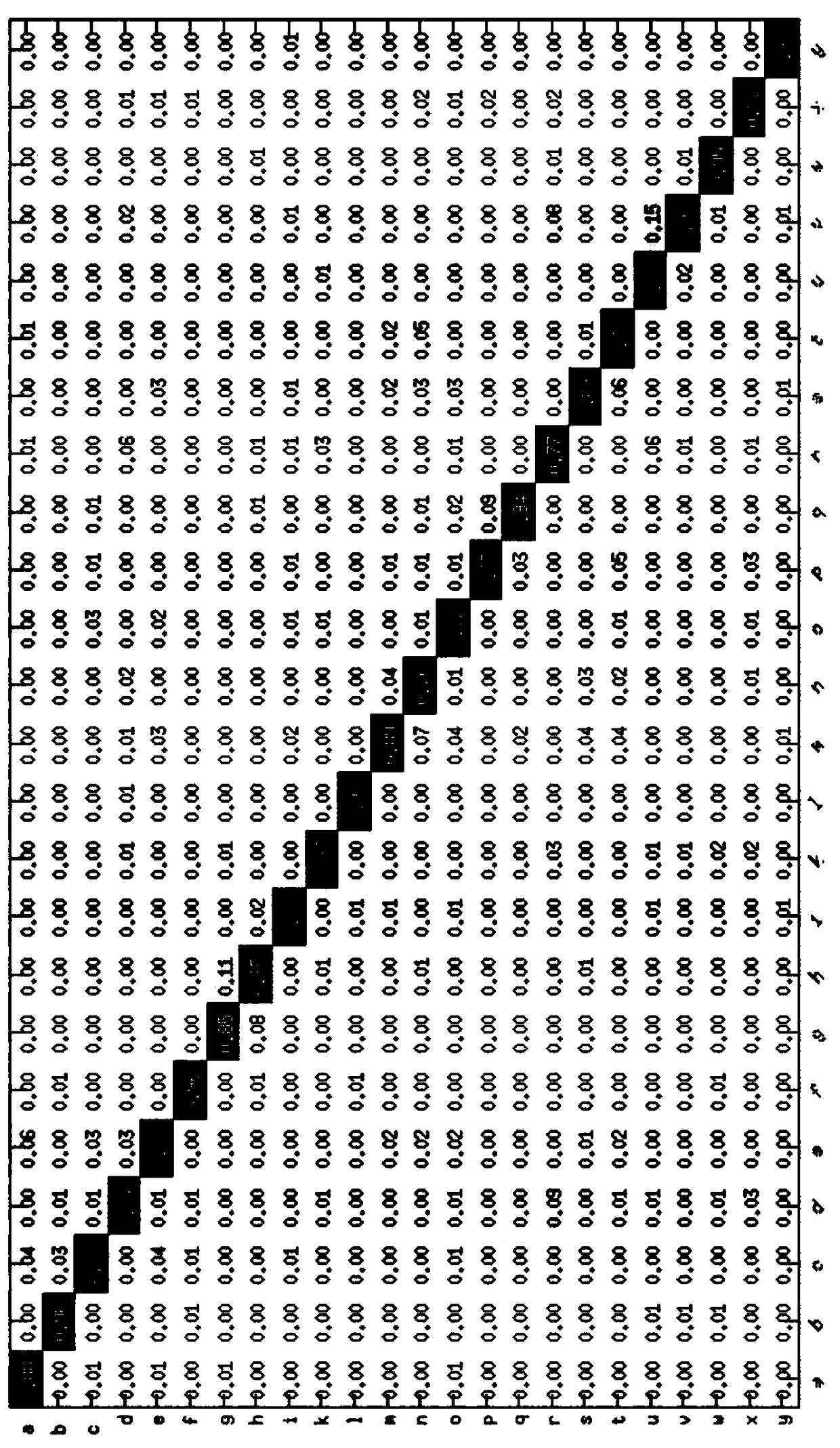Sign language recognition method based on deep learning
A recognition method and deep learning technology, which is applied in the field of sign language recognition based on deep learning, can solve problems such as complex implementation, great influence on feature extraction, and large amount of calculation, so as to increase translation invariance, save manpower and material resources, and reduce features. The effect of dimension
- Summary
- Abstract
- Description
- Claims
- Application Information
AI Technical Summary
Problems solved by technology
Method used
Image
Examples
Embodiment Construction
[0035] refer to figure 1 , the present invention is described in further detail:
[0036] Step 1, divide the database sample set;
[0037] Extract the sign language images in the sign language image data set, adjust the extracted sign language images into 32×32 pixel sign language images, divide all the adjusted sign language images into two parts, and use them as training samples and test samples respectively;
[0038] Step 2, collect image blocks:
[0039] Randomly collect 10 image blocks for each sign language image of the training sample;
[0040] Step 3, whitening data;
[0041] Perform whitening processing on each collected image block to obtain a whitened image block. The specific steps are as follows:
[0042] In the first step, the mean value of each pixel in each image block is calculated according to the following formula:
[0043]
[0044] in, Represents the mean value of each pixel in each image block, m represents the number of image blocks, where m=600...
PUM
 Login to View More
Login to View More Abstract
Description
Claims
Application Information
 Login to View More
Login to View More - R&D
- Intellectual Property
- Life Sciences
- Materials
- Tech Scout
- Unparalleled Data Quality
- Higher Quality Content
- 60% Fewer Hallucinations
Browse by: Latest US Patents, China's latest patents, Technical Efficacy Thesaurus, Application Domain, Technology Topic, Popular Technical Reports.
© 2025 PatSnap. All rights reserved.Legal|Privacy policy|Modern Slavery Act Transparency Statement|Sitemap|About US| Contact US: help@patsnap.com



